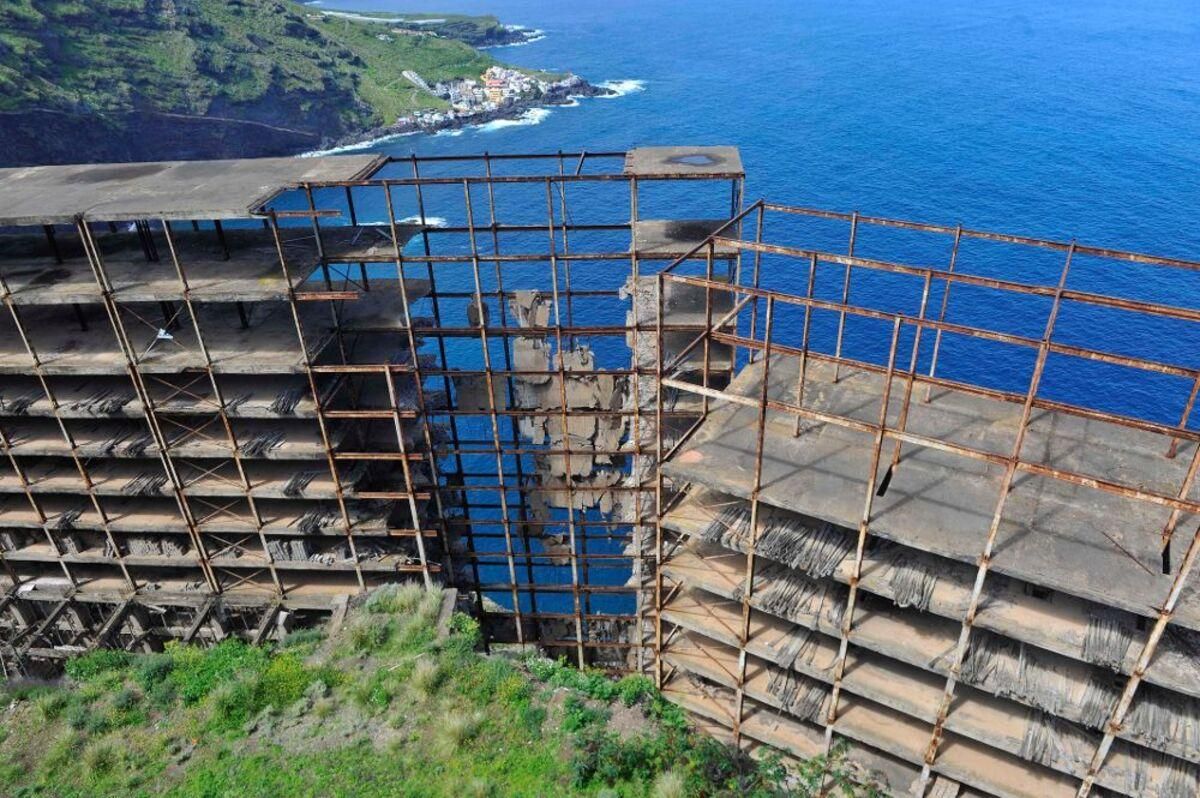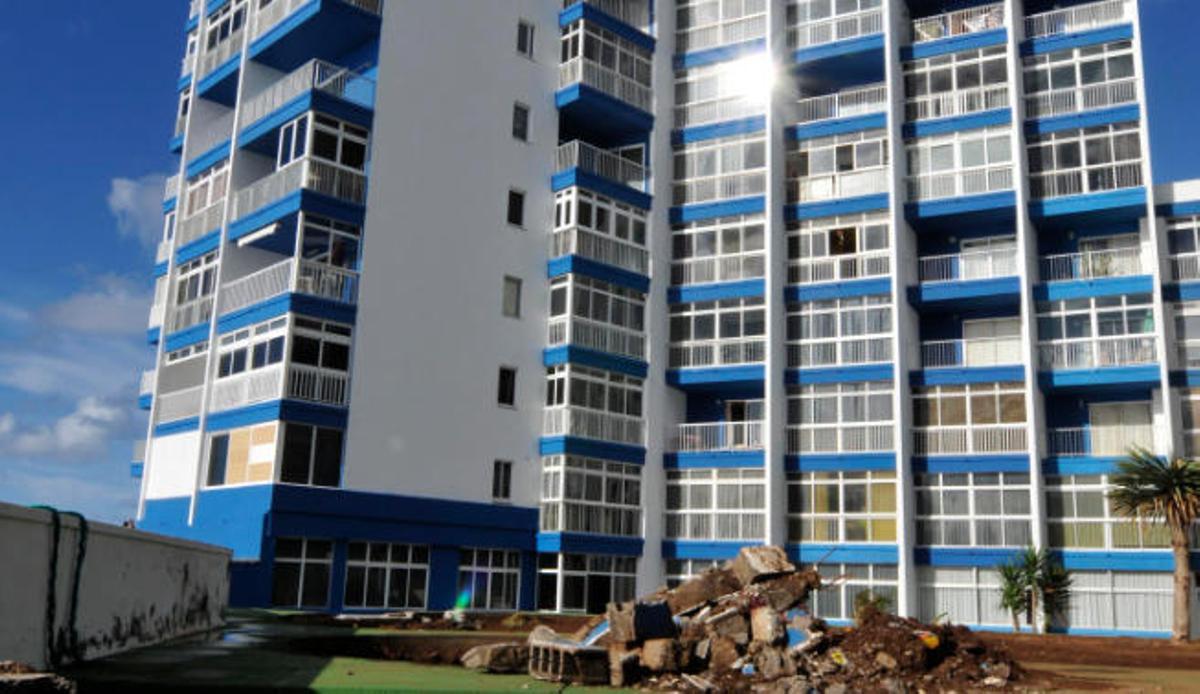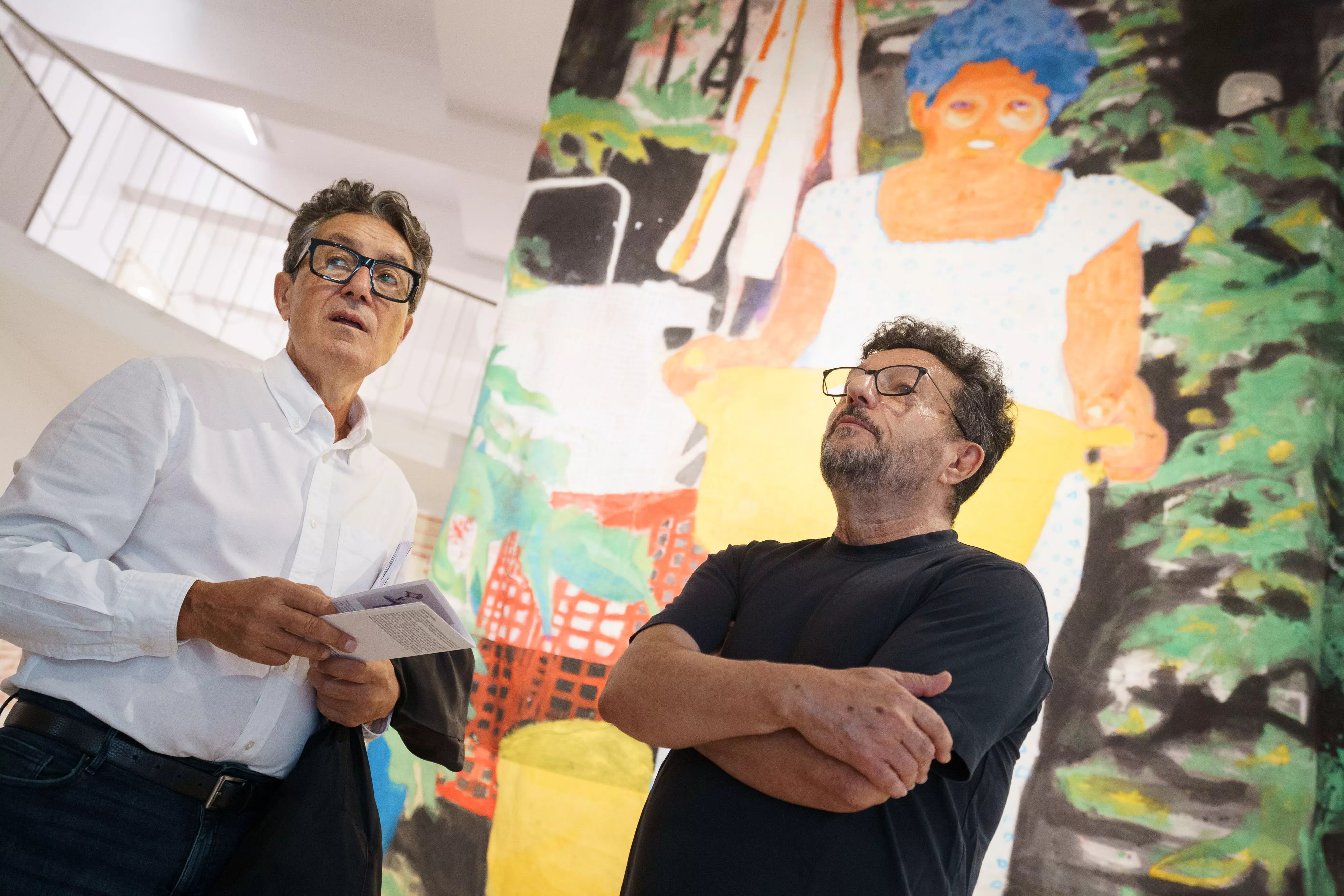The Canary Islands are an oasis in the middle of the Atlantic Ocean. A unique blessing of nature in its geographical location, forming part of the Macaronesia along with four other archipelagos. It is a place that is visited by many, with tourism being a significant economic factor, with both positives and, whether disguised, negatives.
One of these negatives is the real estate boom, which has left several environmental irresponsibilities behind over the decades. The tourist development in the Canary Islands did not start only in this millennium. Since the end of the Francoist dictatorship, the archipelago began to attract national and international interest as a holiday destination.
Since then, and during the Transition, many tourist projects have been developed on the islands, with one of the most transformed being Tenerife. The coast of Tenerife has witnessed its cities growing, not without clear examples of haphazard construction in some areas.
With the Cuna del Alma project back in the spotlight, urban studies expert, Fine Arts graduate, and creator of the ‘Pormishuevismo’ movement, Erik Harley, has pointed out several of these environmental offenses made in Tenerife.
One of the most striking examples of this problem is located in Añaza, known as the mamotreto, an abandoned building of 22 floors occupying an area of around 40,000 square meters.
It is a legacy of an attempt to build a tourist complex of 741 apartments 30 meters from the water in 1973. The construction lasted two years, the time it took to have the license revoked due to changes in tourist regulations.
More than 50 years later, the skeleton remains in the same place, despite a court order in 1998 for its demolition by the Superior Court of Justice. The developers did not comply, and after sadly becoming a regular feature on the Santa Cruz coast, it will be the Santa Cruz City Council who will, in principle, take care of its demolition.
On the coast of La Matanza, we find another of the saddest marks left by construction on the Tenerife coast. Known as the Rojas skeleton, a fifteen-story structure built right on a cliff.
In the 1970s, this hotel was attempted to be built in a protected area, and what was planned as a hotel complex has turned into a severe environmental problem. Unlike the mamotreto, the ruins of Rojas have caused landslides due to their fragile state.

Rojas’s skeleton / E. D.
Despite attempts to demolish and remove what remains of this hotel project, its location and state greatly hinder its disappearance. A concrete and metal carcass that seems to have time as its greatest enemy.
The only one completed was the Hotel Mar y Sol, which ended up being a residential complex built on a narrow rocky strip in Mesa del Mar, in the municipality of Tacoronte. It was inaugurated in 1967 by one of Spain’s most remembered politicians, Manuel Fraga, then Minister of Tourism during the Dictatorship.
In the eighties, the developers shifted their focus, leaving the hotel and selling the homes. This construction, predating the Coastal Law, has been controversial over the years.
In the nineties, Guillermo Graham, the mayor of Tacoronte, referred to it as an “assault on the coast” and aimed for its demolition. Over time, by 2013, during Mariano Rajoy’s term, the State said it was unnecessary as there were no structural problems in the building.

The Mar y Sol building, on the coast of the municipality of Tacoronte. / EL DÍA
Its danger lies in its proximity to the sea. Maritime storms have caused damage to its facade, with the strongest in 2018 tearing off a balcony due to the force of the waves, leading to the evacuation of all residents.
These are examples of what the tourism boom did in the past and still have a presence in the present. The Spanish philosopher, poet, and novelist George Santayana once said, “Those who do not remember the past are condemned to repeat it.” Could this be Tenerife’s path?















